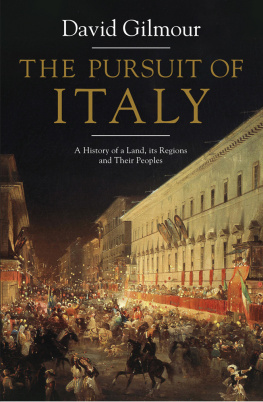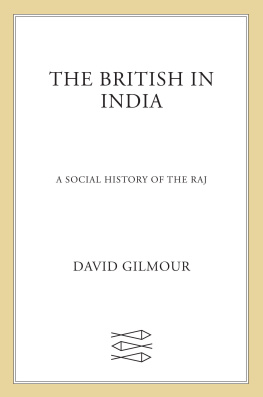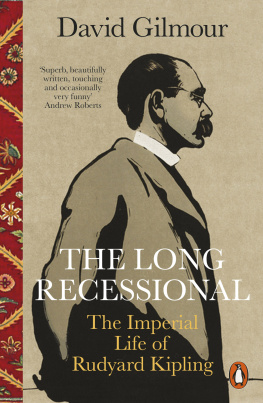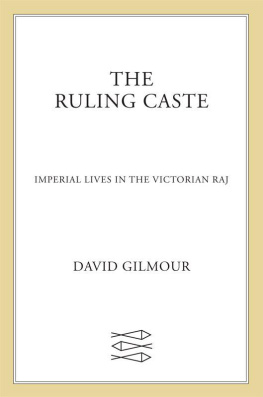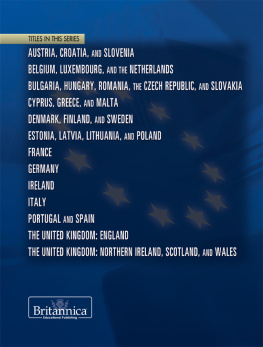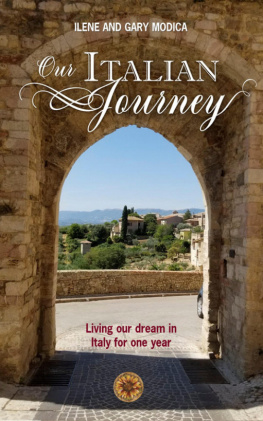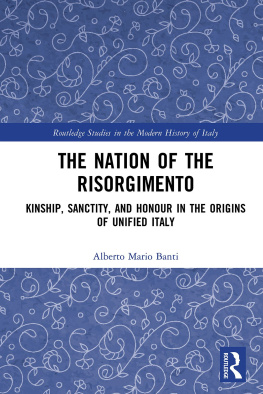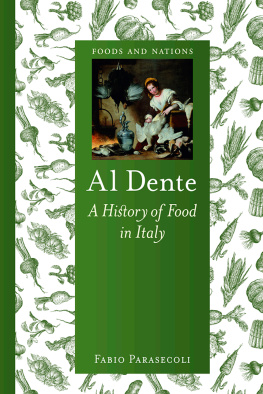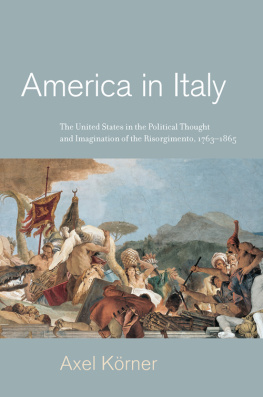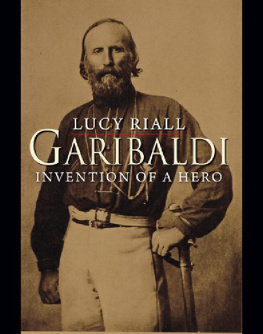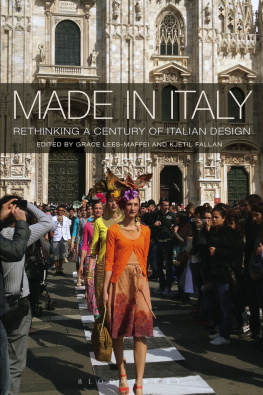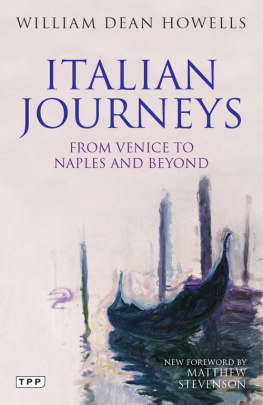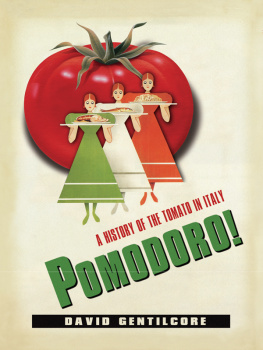DAVID GILMOUR
The Pursuit of Italy
A History of a Land, its Regions and their Peoples

ALLEN LANE
an imprint of
PENGUIN BOOKS
ALLEN LANE
Published by the Penguin Group
Penguin Books Ltd, 80 Strand, London WC2R 0RL , England
Penguin Group (USA) Inc., 375 Hudson Street, New York, New York 10014, USA
Penguin Group (Canada), 90 Eglinton Avenue East, Suite 700, Toronto, Ontario, Canada M4P 2Y3
(a division of Pearson Canada Inc.)
Penguin Ireland, 25 St Stephens Green, Dublin 2, Ireland (a division of Penguin Books Ltd)
Penguin Group (Australia), 250 Camberwell Road, Camberwell, Victoria 3124, Australia
(a division of Pearson Australia Group Pty Ltd)
Penguin Books India Pvt Ltd, 11 Community Centre, Panchsheel Park, New Delhi 110 017, India
Penguin Group (NZ), 67 Apollo Drive, Auckland 0632, New Zealand
(a division of Pearson New Zealand Ltd)
Penguin Books (South Africa) (Pty) Ltd, 24 Sturdee Avenue, Rosebank 2196, South Africa
Penguin Books Ltd, Registered Offices: 80 Strand, London WC2R 0RL , England
www.penguin.com
First published 2011
Copyright David Gilmour, 2011
The moral right of the author has been asserted
All rights reserved.
Without limiting the rights under copyright reserved above, no part of this publication may be reproduced, stored in or introduced into a retrieval system, or transmitted, in any form or by any means (electronic, mechanical, photocopying, recording or otherwise) without the prior written permission of both the copyright owner and the above publisher of this book
ISBN: 978-0-14-192989-7
To Ming and Elspeth Campbell
Italiam non sponte sequor
[It is by divine will] not my own that I pursue Italy.
Virgil, Aeneid, Book 4
List of Illustrations
General view of the Forum (copyright Gerard Degeorge/Bridgeman Art Library)
Bust of Marcus Tullius Cicero (Musei Capitolini, Rome/Alinari/Bridgeman Art Library)
Virgil (7019 BC ) and the two muses, from the house of Virgil in Hadrumetum, Sousse, Tunisia, early 3rd century (Muse du Bardo/Akg-images/Erich Lessing)
Empress Theodora with her court of two ministers and seven women, Byzantine School, c. 547 AD (San Vitale, Ravenna/Giraudon/Bridgeman Art Library)
Dante reading from the Divine Comedy (detail), by Domenico di Michelino (141791) (Duomo, Florence/Bridgeman Art Library)
Bologna, Torre degli Asinelli (built 110919) and Torre Garisenda (built 1110) (Akg-images/Electra)
Trani Cathedral (built 11501250) (Trani, Apulia/Akg-images/Schtze/Rodemann)
San Michele in Foro, Lucca (San Michele in Foro, Lucca/Bridgeman Art Library)
Palazzo Vecchio, Florence; photograph 1890 (Akg-images)
Faade of Santa Maria Novella, by Leon Battista Alberti (140472), built c. 145870 (Santa Maria Novella, Florence/Bridgeman Art Library)
Portrait of Isabella dEste (14741539), by Titian (c. 14881576), 1536 (Kunsthistorisches Museum, Vienna, Austria/Ali Meyer/Bridgeman Art Library)
Portrait of Federigo da Montefeltro (142282), Duke of Urbino, by Piero della Francesca (c. 141592), c. 1465 (Galleria degli Uffizi, Florence/Giraudon/Bridgeman Art Library)
Portrait of Cosimo I de Medici (151974), by Agnolo Bronzino (150372), c. 1559 (Galleria Sabauda, Turin/Bridgeman Art Library)
Pope Julius II (detail from The Mass of Bolsena, the Stanza dellEliodor), by Raphael (14831520), 151114 (Vatican Museums and Galleries, Vatican City/Bridgeman Art Library)
Exterior of the Ducal Palace, Venice, by John Ruskin (18191900) (Ashmolean Museum, Oxford/Bridgeman Art Library)
The Miracle of the Relic of the True Cross on the Rialto Bridge, by Vittore Carpaccio (c. 1460/51523/6), 1494 (Galleria dellAcademia, Venice/Giraudon/Bridgeman Art Library)
Kaiser Joseph II and the Grand Duke Leopold of Tuscany, by Pompeo Batoni (170887), 1769 (Kunsthistorisches Museum, Vienna/Bridgeman Art Library)
General Bonaparte Giving Orders at the Battle of Lodi, 10 May 1796, by Louis Lejeune (17751848), c. 1804 (Chateau de Versailles/Bridgeman Art Library)
Front of La Scala Theatre, by Angelo Inganni (180780), built 1852 (Civica Raccolta Stampe Bertarelli, Milan/Bridgeman Art Library)
Giuseppe Verdi (18131901), c. 1886 (Akg-images)
Massimo dAzeglio (17981866), by Francesco Hayez (17911882), 1860 (Pinacoteca di Brera, Milan/copyright 2006 Alinari/Topfoto)
Giuseppe Mazzini (180572) (Archives Larousse, Paris/Giraudon/Bridgeman Art Library)
Count Camillo Benso di Cavour (181061) (private collection/Alinari/Bridgeman Art Library)
Ferdinand of Savoy (182255), Duke of Genoa, by Alfonso Balzico (18251901) (copyright 2006 Alinari/Topfoto)
Victor Emanuel II (182078), King of Sardinia and Italy, by P. Litta (Service Historique de lArme de Terre, France/Archives Charmet/Bridgeman Art Library.
Francesco II of Bourbon (183694) of the Two Sicilies and his wife Queen Maria Sofia of Bavaria (18411925), c. 1865 copyright Alinari/Topfoto)
Pope Pius IX (17921878) (private collection/Bridgeman Art Library)
Giuseppe Garibaldi at Caprera, by Pietro Senno (18311904) and Vincenzo Cabianca (18271902) (Galleria dArte Moderna, Florence/Alinari/Bridgeman Art Library)
The Italian Camp at the Battle of Magenta, June 1859, by Giovanni Fattori (18231908) (Galleria dArte Moderna, Florence/Alinari/Bridgeman Art Library)
Panorama of Naples (copyright 2006 Alinari/Topfoto)
Piazza Castello, Turin (copyright 2006 Alinari/Topfoto)
Benito Mussolini (18831945) making a speech, by A. Pompeiani, 192530 (Museo di Storia della Fotografia Fratelli Alinari, Florence/Alinari/Bridgeman Art Library)
Italian Fascists carrying captured pictures of Karl Marx, Lenin and Trotsky on their arrival in Rome (copyright Topfoto)
Olivetti, by Marcello Dudovich, 1926 (Associazione Archivio Storico Olivetti, Ivrea)
Sculpture of nude Roman and rearing horse, Palazzo della Civilta Italiana, EUR, Rome (copyright Clement Guillaume/Bridgeman Art Library)
Giuseppe di Lampedusa and Lucio Piccolo, 1926 (photograph in the possession of the author; photographer unknown)
Enrico Berlinguer (copyright 2006 Alinari/Topfoto)
Alcide De Gasperi (18811954), c. 1950 (Akg-images)
Silvio Berlusconi with two unidentified women, Porto Rotondo, Sardinia (Antonio Satta/AP/Press Association Images)
Introduction
In the 1970s I visited a villa built in the fifteenth century by Lorenzo de Medici, the Florentine ruler known as the Magnificent. Shielded to the north by the wooded slopes of the Monti Pisani, it looked south over the Valley of the Arno; in the distance, beyond palm trees in the garden and olive groves a little farther off, you could see the Leaning Tower and the sea behind. The interior was of more recent decoration than the stark Renaissance faade: its enfilade of south-facing rooms breathed the nineteenth century, from their Empire furniture to the cluttered bric--brac of the fin-de-sicle. It was easy on later visits to imagine the house peopled with the noblemen of the Risorgimento, to envisage Count Cavour holding forth at the dining-room table with Baron Ricasoli or the Marquess dAzeglio.
My host, Giovanni Tadini, was a dilettante of erudition and cosmopolitan tastes, an aristocrat of Piedmontese origin brought up in Siena. He remained a monarchist in republican Italy and stayed loyal to the Savoia, the exiled royal family; sometimes he talked, quite unpretentiously, about earlier Italian rulers such as the Medici as if they had been personal friends who had recently died. Showing me around his house, he might sigh at a portrait of Elisa Bonaparte, who had briefly ruled in Tuscany, or commend an etching of Santa Maria Novella, Albertis Renaissance masterpiece in Florence. On the piano he would open a book of caricatures of customers at the Caff Michelangiolo or show me his first edition of
Next page
